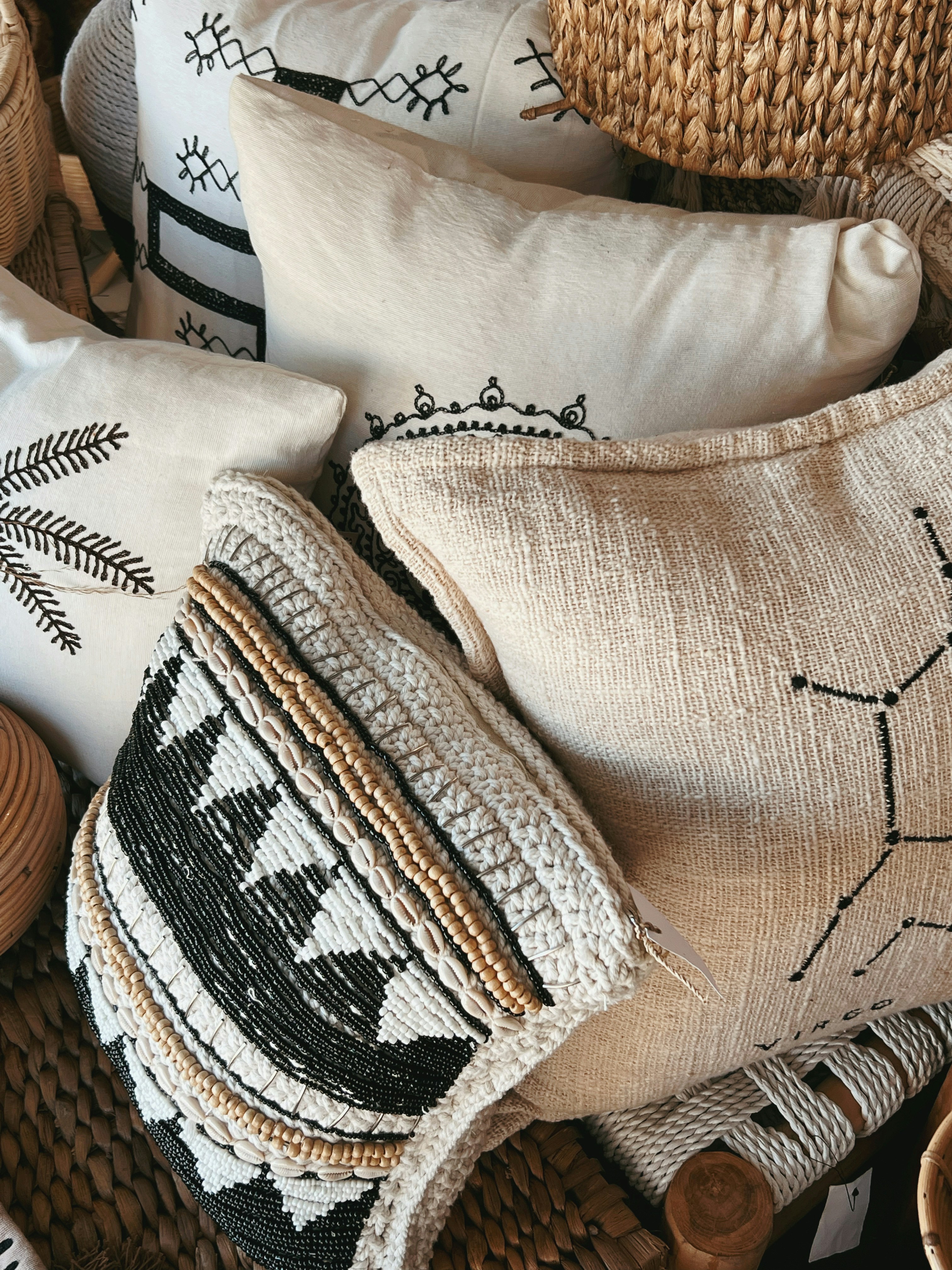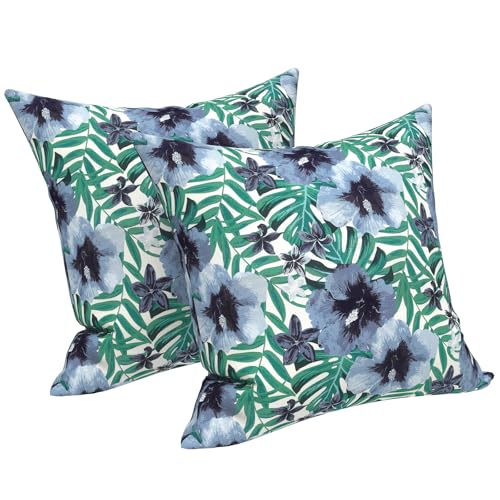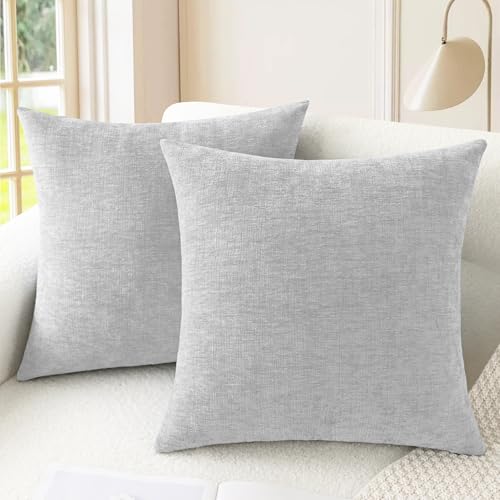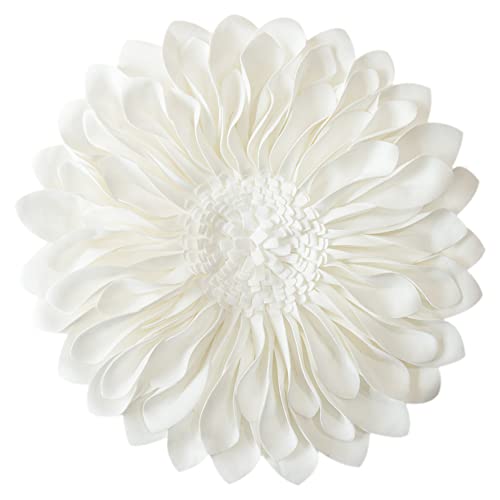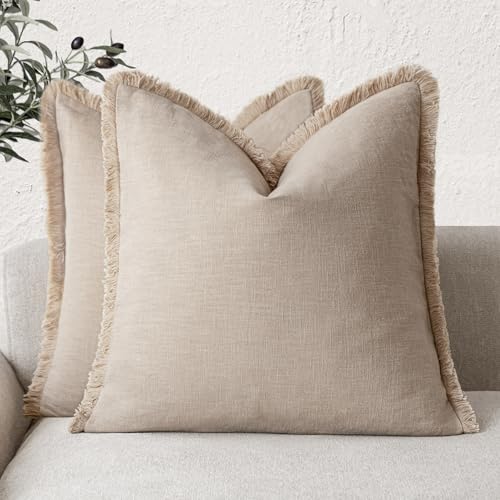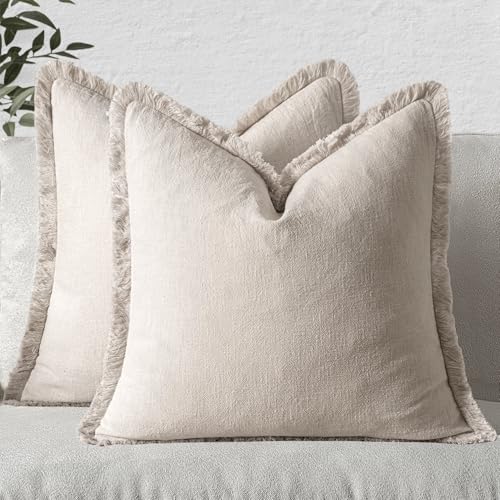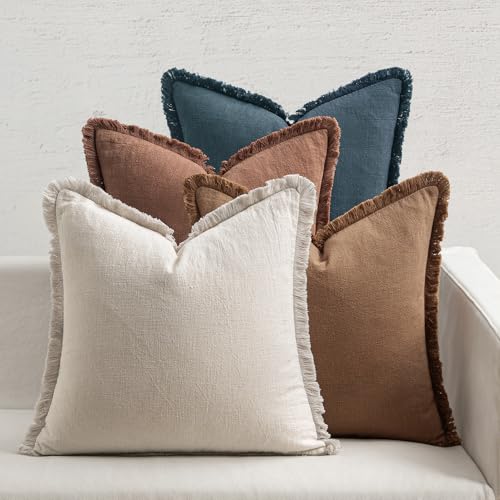Styling Tips for Throw Pillows
Throw pillows serve not only as functional items but also as dynamic decorative elements that can dramatically change the ambiance of any space. When styling with throw pillows, it is essential to pay attention to their arrangement on sofas, chairs, and beds. One key aspect to consider is the combination of sizes, shapes, and textures. Mixing different dimensions creates visual interest; for instance, combine large square pillows with smaller lumbar styles to achieve a balanced look.
In terms of shapes, incorporating a variety of forms adds depth to your design. Round pillows can soften the straight lines of a rectangular sofa, while oblong shapes can enhance the linear aspects of modern furniture. Texture is equally important; consider using a mix of materials such as velvet, linen, and cotton to create a tactile experience that invites engagement. The aim is to strike a harmonious balance between these elements for a cohesive style.
Layering is another technique to master when positioning throw pillows. Start with large pillows at the back to provide a foundational backdrop, then layer smaller pillows in front. This not only draws the eye upwards but also creates a welcoming and relaxed atmosphere. Furthermore, consider the color palette; choose hues that complement your existing decor or introduce contrasting shades to make the pillows pop. Playful patterns can also be incorporated to add character and movement, particularly in more casual settings.
Ultimately, throw pillows should reflect the mood you wish to convey; use warmer tones and plush fabrics for a cozy feel, while sleek lines and monochromatic colors can evoke elegance. Experimenting with different combinations and arrangements will help define the desired aesthetic, whether you aim for a modern look or a more eclectic ambiance.
Understanding Throw Pillows
Throw pillows, often referred to as decorative cushions, have become essential elements in contemporary interior design. Historically, these accessories can be traced back to ancient civilizations, where they served primarily functional purposes, providing comfort and support. Over time, throw pillows evolved into multifaceted decorative objects that enhance both the aesthetic and comfort of living spaces.
Different types of throw pillows encompass a variety of sizes, shapes, and materials. Traditional square pillows are ubiquitous, but options like rectangular and round shapes are increasingly popular, allowing for dynamic arrangements on sofas, chairs, and beds. Materials vary from luxurious silk and cotton to durable synthetic fabrics, each contributing to the overall comfort and visual appeal. The choice of filling, which can be made from down, polyester, or memory foam, further influences the pillow’s support level and softness, enabling individuals to personalize their spaces based on comfort preferences.
Color and pattern coordination is a pivotal aspect when selecting throw pillows. A well-chosen palette can effortlessly unify disparate elements within a room while also making bold design statements. For instance, vibrant colors or unique patterns can serve as focal points in minimalist spaces, while neutral tones might complement a more eclectic decor style. Additionally, understanding the principles of color theory can guide homeowners and designers in selecting throw pillows that enhance the overall harmony of the intended space.
In summary, throw pillows are not merely decorative; they serve crucial roles in providing comfort and style. By considering various factors such as size, shape, material, color, and pattern, one can significantly elevate the aesthetic of any room. Whether for a cozy reading nook or a lively living area, throw pillows offer limitless possibilities for personalization and comfort.
Choosing the Right Pillow Covers
When it comes to enhancing the aesthetics of your living space, selecting the right pillow covers for your throw pillows plays a crucial role. The fabric of the pillow cover not only dictates the tactile experience but also influences the overall ambiance of the room. Various materials, including cotton, linen, velvet, and synthetic options, each come with their own set of advantages and disadvantages, warranting careful consideration.
Cotton is one of the most popular choices due to its breathability and softness. It is also easy to clean and comes in a myriad of colors and patterns, making it a versatile option for any decor style. Linen, on the other hand, offers a more textured appearance and a relaxed, casual vibe. However, it may wrinkle more easily and require gentle care to maintain its form. Velvet brings a touch of luxury with its rich depth of color and plush feel. While beautiful, velvet may be less practical for everyday use depending on the household environment. Lastly, synthetic materials offer durability and stain resistance, making them ideal for high-traffic areas, but they may lack the homey feel of natural fabrics.
When matching pillow covers with existing decor, it’s essential to consider the color scheme, patterns, and textures in the room. Aim for harmony by complementing or contrasting these elements thoughtfully. Neutral tones can create a calming effect, while bold colors can serve as statement pieces. Patterns also play a significant role; stripes or florals can add visual interest when paired with solid colors. Texture is another aspect that can elevate your design; mixing materials like coarse linen with smooth velvet can create depth and intrigue.
Consider seasonal updates to refresh your space easily. Switching out pillow covers allows for a cost-effective way to embrace changing styles or moods. Quick-care options, such as machine washable covers or removable inserts, ensure that maintaining cleanliness and the appeal of your decor remains hassle-free.
